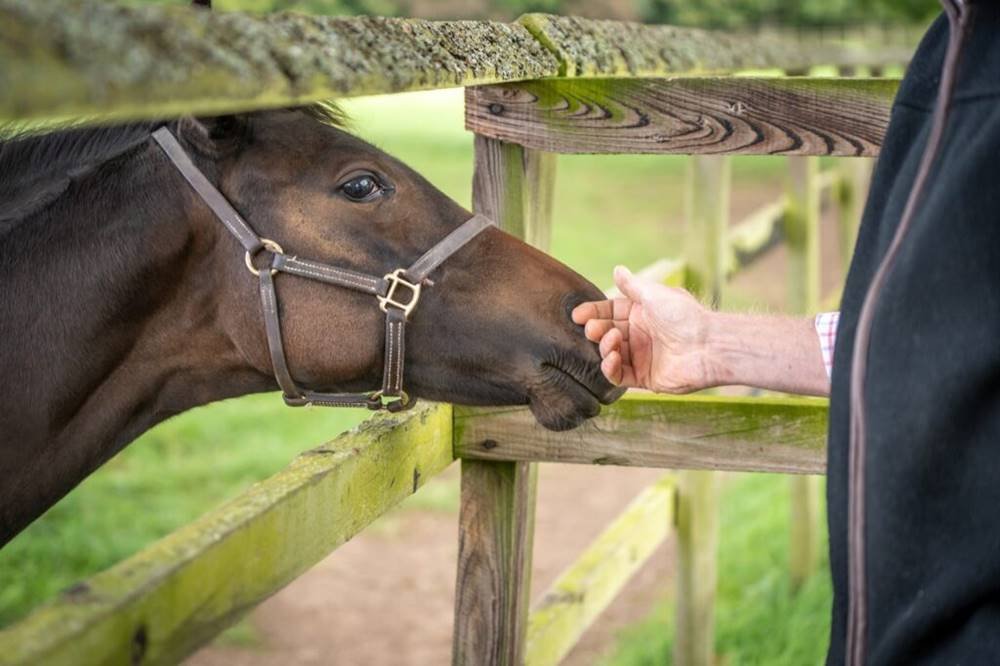Exercise plays a crucial role in the health and well-being of horses
Whether they are used for pleasure riding, competition, or work, horses benefit physically and mentally from regular and appropriate exercise routines. In this article, we will explore the importance of exercise for horses, how to develop a fitness plan, and considerations for maintaining their optimal health and performance.
Importance of Exercise
Just like humans, horses need exercise to stay healthy. Regular physical activity helps in several ways:
- Muscle Development and Strength: Exercise helps horses develop strong muscles, which are essential for carrying riders and performing tasks.
- Cardiovascular Health: By engaging in exercise, horses improve their heart and lung function, enhancing overall cardiovascular health.
- Joint Flexibility and Bone Strength: Controlled exercise supports healthy joints and bones, reducing the risk of injuries such as fractures or arthritis.
- Weight Management: Proper exercise helps horses maintain a healthy weight, which is crucial for their overall well-being.
- Mental Stimulation: Exercise also provides mental stimulation, reducing boredom and potential behavioral issues.
Creating a structured fitness plan ensures that horses receive appropriate exercise tailored to their age, breed, fitness level, and intended use. Here are key considerations:
- Start Slowly: Begin with light exercise and gradually increase intensity and duration over time. This gradual approach allows the horse’s muscles, tendons, and ligaments to adapt and strengthen.
- Variety: Incorporate a variety of activities such as lunging, hacking, schooling, and trail riding. This variety prevents boredom and works different muscle groups.
- Consistency: Consistency is key to achieving fitness goals. Aim for regular exercise sessions, ideally several times a week.
- Warm-Up and Cool Down: Always warm up your horse with a few minutes of walking before more intense exercise. Similarly, end the session with a cool-down period to allow the horse’s heart rate and breathing to return to normal.
- Monitoring Progress: Keep track of your horse’s progress by noting changes in fitness level, behavior during exercise, and physical condition. Adjust the fitness plan as needed based on these observations.
Maintaining fitness isn’t just about reaching a goal, it’s an ongoing journey that requires attention and care for both you and your horse. As well as keeping up regular aerobic exercise (light to moderate activity raising the heart/respiration rate, maintained for longer periods as your horse gets fitter), you might consider some other factors that also make a significant contribution to your horse’s fitness and health, and will help to reduce setbacks and injury.
Special Considerations
When developing a fitness plan for your horse, consider the following special considerations:
- Age: Older horses or young horses in training may require gentler exercise routines with longer warm-up and cool-down periods.
- Terrain: Adjust exercise routines based on the terrain to prevent overexertion or injuries.
- Nutrition: Ensure horses receive a balanced diet that supports their energy requirements for exercise and recovery.
- Injuries and Rehabilitation: If your horse is recovering from an injury, work closely with your veterinarian to develop a rehabilitation plan that includes appropriate exercise.
Rider fitness
As a rider, your own fitness matters too. Dedicating 10-15 minutes daily to balance and core exercises can positively impact your stability in the saddle and reduce stress on your horse’s back1.
Respiratory health
Horses evolved in a natural environment of open pasture with limitless fresh air. In modern day management, when horses are removed from open pasture into more confined environments their respiratory health may become compromised which, over time, can affect their wellbeing and performance.
More Popular Search
3 Common Causes of Equine Stress
Common Horse Diseases & Skin Conditions





